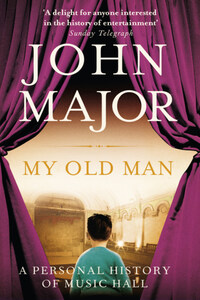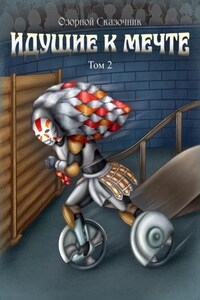Charles Lennox, second Duke of Richmond, a keen gambler with a lifelong love of cricket. Mezzotint by John Faber Jr, after John Vanderbank. (Courtesy National Portrait Gallery, London)
Sir William Gage, whose estate Firle in East Sussex was one of the cradles of eighteenth-century cricket. (Courtesy of the Firle EstateTrustees)
Cricket being played in 1743 at the Artillery Ground in Finsbury, London. (The Roger Mann Collection)
Lionel Sackville, first Duke of Dorset, one of the great early patrons of the game. Portrait by Sir Godfrey Kneller, 1717. (Private Collection,© NTPL/John Hammond)
Charles Sackville, second Duke of Dorset. Portrait by Rosalba Carriera. (Private Collection, © NTPL/John Hammond)
Frederick Louis, Prince of Wales, an enthusiastic early patron of cricket. Portrait miniature by Gaetano Manini, 1755. (© AshmoleanMuseum, University of Oxford/The Bridgeman Art Library)
The Duke of Cumberland, a better judge of a soldier than a cricketer. Portrait by David Morier. (© Private Collection/Philip Mould Ltd/TheBridgeman Art Library)
A match at Moulsey Hurst, on the banks of the river Mole in Surrey. (The Roger Mann Collection)
‘Lumpy’ Stevens, the most deadly underarm bowler of his day. (TheRoger Mann Collection)
Sir Horace Mann, the most amiable of cricket’s early benefactors. (TheRoger Mann Collection)
John Frederick Sackville, third Duke of Dorset, the third in a line of great cricketing patrons. Portrait by Sir Joshua Reynolds, 1769. (Private Collection, © NTPL/John Hammond)
The Countess of Derby plays cricket with other ladies at The Oaks, in Surrey, in 1779. (The Roger Mann Collection)
John Nyren, whose memories of Hambledon have given us a vivid picture of early cricket. (The Roger Mann Collection)
An eighteenth-century cricket match, possibly at Hambledon. (TheRoger Mann Collection)
A page from a sketchbook by George Shepheard, showing some of the Hambledon cricketers. (The Roger Mann Collection)
The Bat and Ball Inn on Broadhalfpenny Down, Hambledon. (TheRoger Mann Collection)
‘Silver Billy’ Beldam joined the Hambledon club in 1785, and lifted the art of batting to a new level of style and elegance. (The Roger MannCollection)
Lord Winchilsea, a key founder of the MCC who encouraged Thomas Lord to acquire its first ground. (The Roger Mann Collection)
Cricket Played by the Gentlemen’s Club, White Conduit House, Islington in 1784. (The Roger Mann Collection)
An engraving, after Thomas Rowlandson, depicting a match between the ladies of Hampshire and Surrey at Newington in 1811. (The RogerMann Collection)
The canny Yorkshireman Thomas Lord, who left the world’s most famous cricket ground as his memorial. (The Roger Mann Collection)
William Ward, a central figure in securing Lord’s place as the headquarters of cricket. (The Roger Mann Collection)
Benjamin Aislabie, first Secretary of the MCC. (The Roger MannCollection)
Lord Frederick Beauclerk: avaricious, ill-tempered, hypocritical, and adept at bending the rules. (The Roger Mann Collection)
Fuller Pilch, the finest batsman of his day, and ‘single-wicket champion of England’. (The Roger Mann Collection)
John Wisden, the founder of the Almanack and a fast round-arm bowler. (The Roger Mann Collection)
The Scorer, by Thomas Henwood (1842). (The Roger Mann Collection)
Alfred Mynn and Nicholas Felix before their famous single-wicket contest in 1846 for the title ‘champion of England’. (The Roger MannCollection)
William Clarke, the finest underarm bowler of them all, and the founder of Trent Bridge cricket ground. (The Roger Mann Collection)
Clarke’s All-England Eleven of 1847. (The Roger Mann Collection) The All-England Eleven on the move in 1851, by Nicholas Felix. (TheRoger Mann Collection)
George Parr, who succeeded Clarke as leader of Nottinghamshire and the All-England Eleven. (The Roger Mann Collection)
The first English overseas touring team. George Parr’s men gather on deck before their 1859 voyage to North America.










